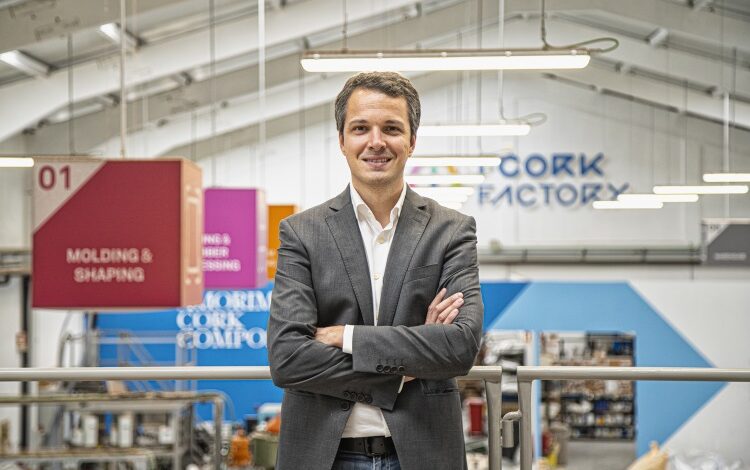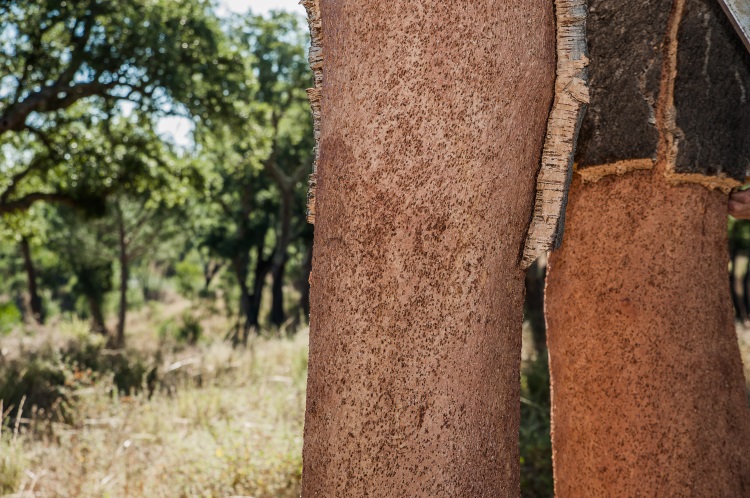Dr. Eduardo Soares, Director of Innovation and Product Management and member of the executive board, Amorim Cork Composite

Dr. Eduardo Soares is the director of Innovation and Product Management at Amorim Cork Composite, where he is also a member of the executive board. He leads a team developing cork-based composite materials for new products and applications in multiple technical areas including aerospace, mobility, sealing and construction.
JEC Composites Magazine: Cork, a natural material extracted from the Quercus suber L. tree, is an excellent alternative to petroleum-based materials used in structural applications. How do you assess the future of cork-based composites? Do you think they will continue to grow or benefit from less interesting prospects in the future?
The basis of our work is a natural and distinctive material with a high potential for use in structural elements, specifically when reinforced with other natural fibre and resin systems.
The naturally lightweight, thermal and acoustic properties of cork make it very interesting for structural panels for instance, and its resilient properties make it highly valuable for a wide variety of applications. All this, with a natural material that has a long durability under various conditions.
In terms of sustainability, in addition to being a carbon-negative material if properly collected at the end of its service life, cork can be fully recycled into new products, making it very attractive from a circularity perspective.
Aligned with sustainability and carbon neutrality goals, but also with the green economy targets, we are expecting a bright future for this material.

JEC Composites Magazine: From a strategic point of view, what are the markets or sectors where the use of cork makes the difference? Automotive, nautical, aerospace or transportation, in which of these sectors will cork-based composites have the brightest future?
Our company’s mission is to add value to cork by continuously exploring new applications, and we are exploring challenges in transportation and mobility in general, including marine decking, panels and partitions, flooring structures, EV battery thermal pads and cell spacers, sealing elements and structural casing systems. The aerospace market is also growing substantially, and our thermal protection materials are used as a reference material on several thermal points subjected to extreme temperatures on launchers.
JEC Composites Magazine: How can cork composites help reduce our environmental impact?
Cork is a natural and carbon-negative material that comes from the bark of the cork oak tree. The cork industry has been developing towards the use of 100% of the raw material harvested, and we are very close to this target, in full respect for the ecological principles of forests and habitats. With a proper separation system in place at the end of the products’ life, cork is also fully recyclable in one of our 27 different business sectors. In composites, cork minimizes the usage of synthetic foams and resins derived from oil and reduces the consumption of non- recyclable and non-natural materials. All these are very interesting arguments for industries looking to reduce their environmental impact to ensure a greener footprint.
Q: How do these materials behave in traditional mechanical tests such as bending and compression tests? How do the mechanical properties of cork composites, especially strength, compare to those of other composites?
Being an agglomerated and lightweight material (one of its main characteristics), cork traditionally has a lower bending and tensile strength than other fibre-based or synthetic foams. These properties can be improved when working with reinforcing layers. In terms of compression, I would say the main characteristic to highlight is a Poisson’s ratio close to 0, given cork’s close cellular structure, turning it into a highly resilient material.
JEC Composites Magazine: What, in your opinion, are the performance limits of this material?
Applications that involve high tensile and bending stresses, especially those that are not compatible with reinforcing layers, are clearly the main limitation of the material.
JEC Composites Magazine: Will new products such as cork hybrid composites and nano-cork composites, created to increase the mechanical properties products, open up new application sectors?
Yes. Reinforcing materials, not necessarily nanomaterials but especially natural fibres, and the development of new multi-layered structured materials with flax, hemp, carbon or phenolic layers for very-high-temperature applications are priority areas for us to open the door to the new applications we are studying. Working intelligently with other materials will widen the range of applications possible with cork, adding as much as possible other natural materials.



